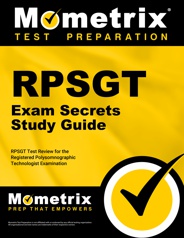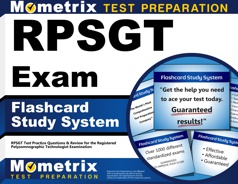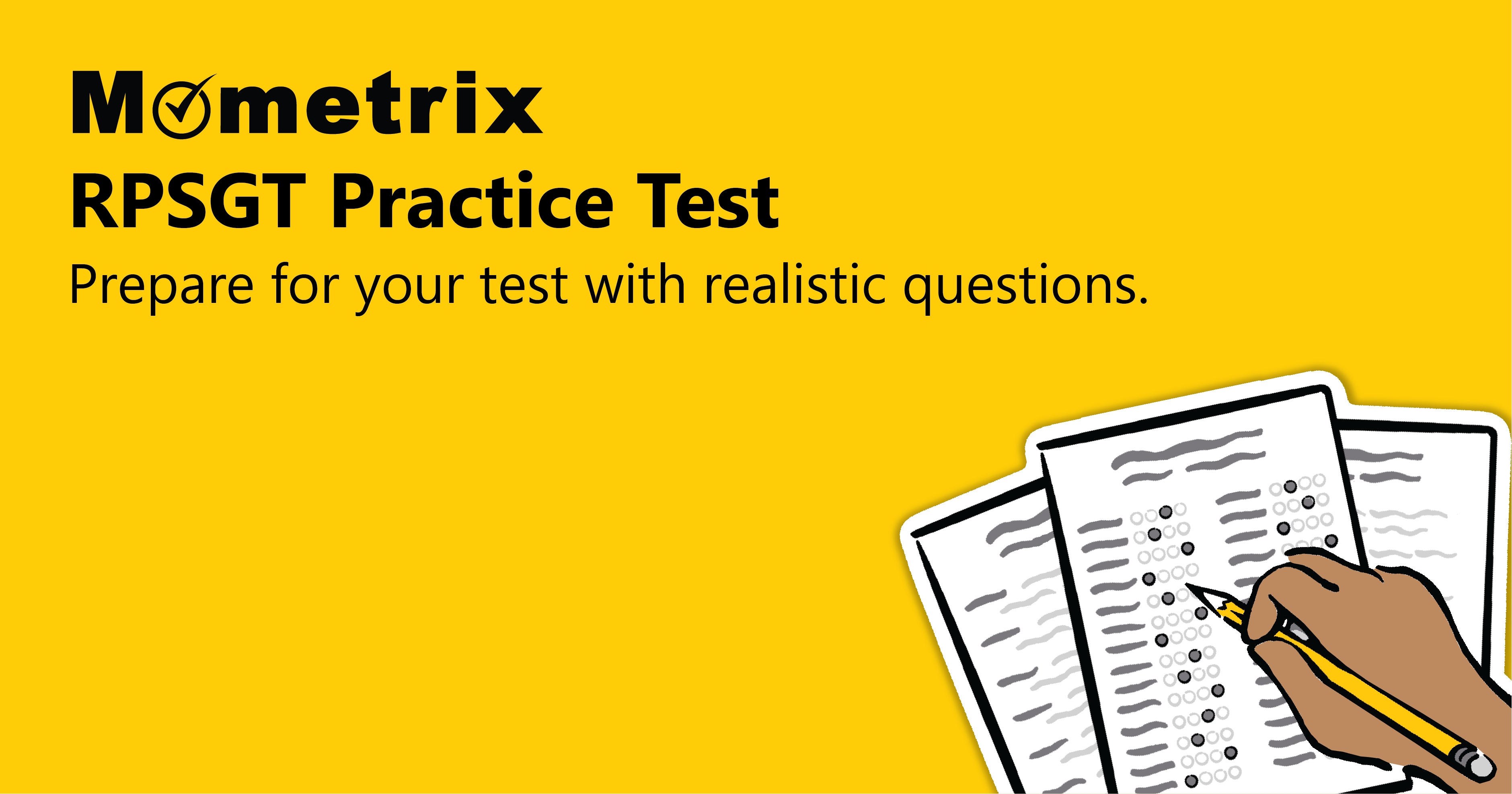The Registered Polysomnographic Technologist (RPSGT) exam is administered by the Board of Registered Polysomnographic Technologists (BRPT) for those pursuing certification in the field of clinical sleep disorders.
Click “Start Test” above to take a free RPSGT practice test!
Eligibility
To be eligible for the exam, you must meet ONE of the following eligibility pathways below:
- Pathway 1: You must have at least 1,638 hours of field experience and must have completed a STAR-designated self-study education program
- Pathway 2: You must have at least 546 hours of experience and hold another healthcare credential
- Pathway 3: You must be a graduate of a CAAHEP- or CoARC-accredited polysomnography education program
- Pathway 4: You must have at least 819 hours of field experience and must have completed either a STAR-designated focused education or a combination of self-study and focused education
- Pathway 5 (for international candidates): You must have at least 546 hours of field experience
RPSGT Exam Outline
The RPSGT exam contains 175 multiple-choice questions, 25 of which are unscored, and you will be given a 3-hour time limit. The unscored questions are used by BRPT to evaluate questions for future versions of the exam, and you will not know which questions are unscored while you are taking the exam.
The exam is split into 4 content domains.
1. Clinical Overview, Education, and Patient Support (20%)
The questions in this domain cover patient information, clinical assessment, patient and caregiver education, and support and compliance.
Patient information and clinical assessment (10-14 questions)
- Clinician’s orders
- Testing indications
- History
- Physical
- Medications
- Sleep disorders
- Patient interview
- Patient orientation
- Establishing a clinical baseline
- Questionnaires
Patient and caregiver education (7-11 questions)
- Importance of therapy
- Sleep hygiene
- Sleep disorders
Provide therapy support (7-11 questions)
- PAP therapy
- PAP desensitization techniques
- Responding to download report
2. Sleep Study Preparation and Performance (27.3%)
The questions in this domain cover technical preparation, calibrations, procedures, practice guidelines, identification, response, and documentation.
Determine technical preparation (12-16 questions)
- Montages
- Equipment and supplies
- Appropriate anatomical locations
- Impedance verification
- Site preparation
- Technical specifications and instrumentation
Perform procedures and practice guidelines (11-15 questions)
- Multiple Sleep Latency Test (MSLT)
- Home Sleep Apnea Test (HSAT)
- Adult PSG
- Pediatric PSG
- Maintenance of Wakefulness Test (MWT)
- PAP-NAP
Identify, respond, and document (12-16 questions)
- Artifacts
- Settings
- Waveform variations
- Physiologic/clinical events
- Equipment malfunction
3. Scoring, Reporting, and Data Verification (25.3%)
The questions in this domain cover adult, pediatric, and infant PSGs, as well as report generation.
Score adult studies (18-22 questions)
- Sleep stages
- Arousals
- Desaturations
- Movements
- Respiratory events
- Cardiac events
Score pediatric and infant studies (6-12 questions)
- Sleep stages
- Arousals
- Desaturations
- Movements
- Respiratory events
- Cardiac events
Generate and verify reports (8-12 questions)
- Technologist observation and summary
- Calculations
- Histogram
- Hypnogram
4. Treatment and Intervention (27.3%)
The questions in this domain cover PAP therapy, oxygen therapy, and alternative therapies.
Administer PAP therapy (24-28 questions)
- Proper mode of intervention
- Indications
- Contraindications
- Adult practice guidelines
- Pediatric practice guidelines
- Troubleshooting
- Acclimation and proper interface fit
Identify alternative therapies (8-12 questions)
- Oral Appliances
- Positional therapy
- Surgical options
Administer oxygen therapy (3-7 questions)
- Indications
- Contraindications
- Oxygen titration practice guidelines
Check Out Mometrix's RPSGT Study Guide
Get practice questions, video tutorials, and detailed study lessons
Get Your Study Guide
Registration
To register for the exam, you must first submit an application to BRPT, either online or by mail. Your application must include any necessary proof-of-eligibility documentation and the full $550 examination fee.
Once you have been approved, you will receive a confirmation email that contains your candidate ID and information on how to schedule your exam with Pearson VUE.
Test Day
You should arrive at the testing venue 30 minutes before your scheduled exam time. During check-in, Pearson VUE will collect your signature and photo and verify your ID. They will also use biometric technology to capture a palm-vein image.
You will be asked to leave your personal belongings in a small locker outside the testing room, including your smartphone, smartwatch, or other such items. A calculator will be provided, so there is no need to bring your own.
Once the check-in process is complete, you will be given a short tutorial on the testing system before your exam begins.
RPSGT Online Prep Course
If you want to be fully prepared, Mometrix offers an online RPSGT prep course designed to give you everything you need to succeed!
Here’s what you’ll find in the RPSGT course:
- 50+ Review Lessons Covering Every Topic
- 450 RPSGT Practice Questions
- 350+ Digital Flashcards
- Money-back Guarantee
- Mobile Access
Everyone learns differently, so we’ve tailored the RPSGT online prep course to ensure every learner has what they need to prepare for the RPSGT exam.
Click below to check it out!
How the Test is Scored
Your score for the RPSGT exam is determined by using the Bookmark standard-setting method. This method takes the difficulty levels of each question into account and the fact that each administration of the exam is slightly different.
Your raw score (the number of questions you answered correctly) is converted to a scaled score ranging from 200 to 500. You must achieve a scaled score of at least 350 to pass.
Check Out Mometrix's RPSGT Flashcards
Get complex subjects broken down into easily understandable concepts
Get Your Flashcards
FAQs
Q
How many questions are on the RPSGT exam?
A
There are 175 multiple-choice questions on the exam.
Q
How long is the RPSGT exam?
A
The time limit for the exam is 3 hours.
Q
What is the passing score for the RPSGT exam?
A
To pass the exam, you must achieve a minimum scaled score of 350.
Q
How much does the RPSGT exam cost?
A
The examination fee is $550.




